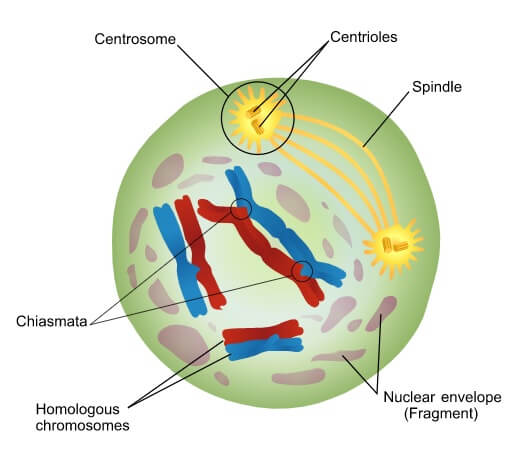


Recombination or crossing over occurs during prophase I. This produces a unique combination of genes in the resulting zygote. Because of recombination and independent assortment in meiosis, each gamete contains a different set of DNA. Genetic variation is increased by meiosisĭuring fertilisation, 1 gamete from each parent combines to form a zygote. Polar bodies do not function as sex cells. In females, 1 egg cell and 3 polar bodies are produced. The chromosome copies (chromatids) separate and move to opposing poles. Individual chromosomes line up along the middle of the cell. Cell divides and 2 daughter cells are formed, each with 23 chromosomes. Either one of each pair can go to either pole. The pairs of chromosomes separate and move to opposing poles. Paired chromosomes line up along the middle of the cell. At the end of this phase, the nuclear membrane dissolves. Recombination occurs as homologous chromosomes exchange DNA. The chromosomes condense into visible X shaped structures that can be easily seen under a microscope, and homologous chromosomes pair up. After replication, each chromosome becomes a structure comprising 2 identical chromatids. Replication of DNA in preparation for meiosis. This is critical for stable sexual reproduction through successive generations. The halving of the number of chromosomes in gametes ensures that zygotes have the same number of chromosomes from one generation to the next.

This is the 1st cell of a new individual. The result is 4 haploid daughter cells known as gametes or egg and sperm cells (each with 23 chromosomes – 1 from each pair in the diploid cell).Īt conception, an egg cell and a sperm cell combine to form a zygote (46 chromosomes or 23 pairs). During meiosis in humans, 1 diploid cell (with 46 chromosomes or 23 pairs) undergoes 2 cycles of cell division but only 1 round of DNA replication.


 0 kommentar(er)
0 kommentar(er)
